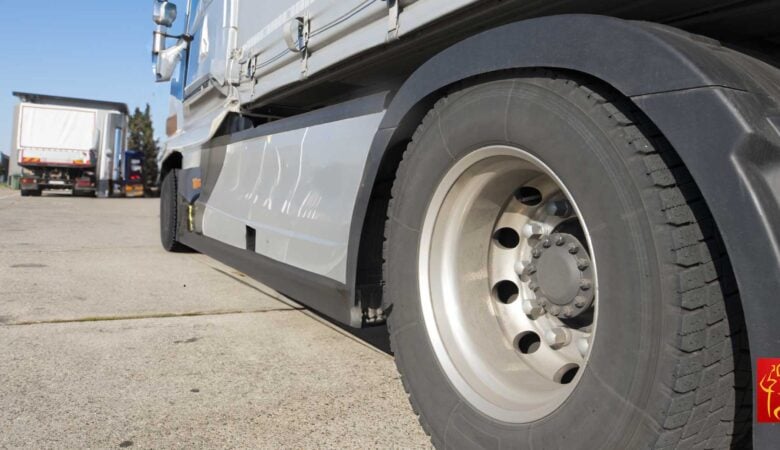Tractor and trailer tires are among the most expensive items truck drivers buy. Next to fuel, there may be nothing else in the trucking industry that consumes so much of a trucker’s financial resources. So it’s important that drivers do what they can to maximize tire life. Otherwise, it is like throwing money away.
Truck tires are subject to a lot of punishment capable of significantly reducing their useful life. Here at Mytee Products, we want our customers to get maximum life from every tire they purchase. To that end, we offer drivers five practices for doing so. Each of these practices should be held to religiously.

1. Maintain Proper Pressure
If you have heard it once, you’ve heard it a thousand times: it is critical to maintain proper air pressure in both tractor and trailer tires. Air pressure is the single most important component in maximizing tire life.
Tire pressure is measured in terms of pounds per square inch (psi). The larger the tire, the lower the number. If you are a truck driver, do you know what the PSI reading for your tires is? You should. Furthermore, you should be checking tire pressure on a regular basis. At least once per week is the bare minimum.
Tires with incorrect air pressure will wear more quickly and use more fuel. They are also subject to blowouts. Furthermore, under-inflated tires can wear out in such a way as to make retreading nearly impossible. That means those used tires will be worth less in trade when a driver purchases a new set.
2. Use Stem Valve Caps
Stem valve caps were not designed for aesthetic purposes. They were designed to be the last line of defense against losing air. The reality is that a stem valve can never be 100% airtight, so the cap adds a little bit of extra protection to prevent air leaks. Make a point of replacing stem valve caps whenever you discover them missing.
3. Rotate Your Tires
Tire rotation is not just something car owner should do; truck drivers should be rotating their tires as well. The point of rotating tires is to make sure they wear more evenly. This extends life, maximizes control, saves fuel, and more. How often should tires be rotated? Whenever a truck is undergoing routine maintenance. A competent garage will know which tires to rotate and the positions to put them in.
4. Daily Tire Inspections
Federal law requires truck drivers to check their tires as part of their pre-trip inspections. The point should be obvious: they do not want trucks hitting the roads if their tires are unsafe. To the truck driver however, there is an added benefit of routine inspections. Checking tread and sidewall condition on a regular basis keeps drivers abreast of how their tires are holding up. Regular tire inspections make it more obvious when tires are under-inflated; they make it easier to identify small issues before they become big ones.
5. Check for the Unexpected
Lastly is checking tires for the unexpected. This goes hand-in-hand with daily tire inspections. What do we mean by the unexpected? The unexpected involves things like minor damage from running over road debris or maybe finding objects lodged between the wheels at the end of the day. Identifying the little unexpected things can mean the difference between tire failure and maximizing tire life.
Take care of your tires and they will take care of you. And when you get ready to buy new tires, remember that Mytee Products has what you need for both tractor and trailer.









